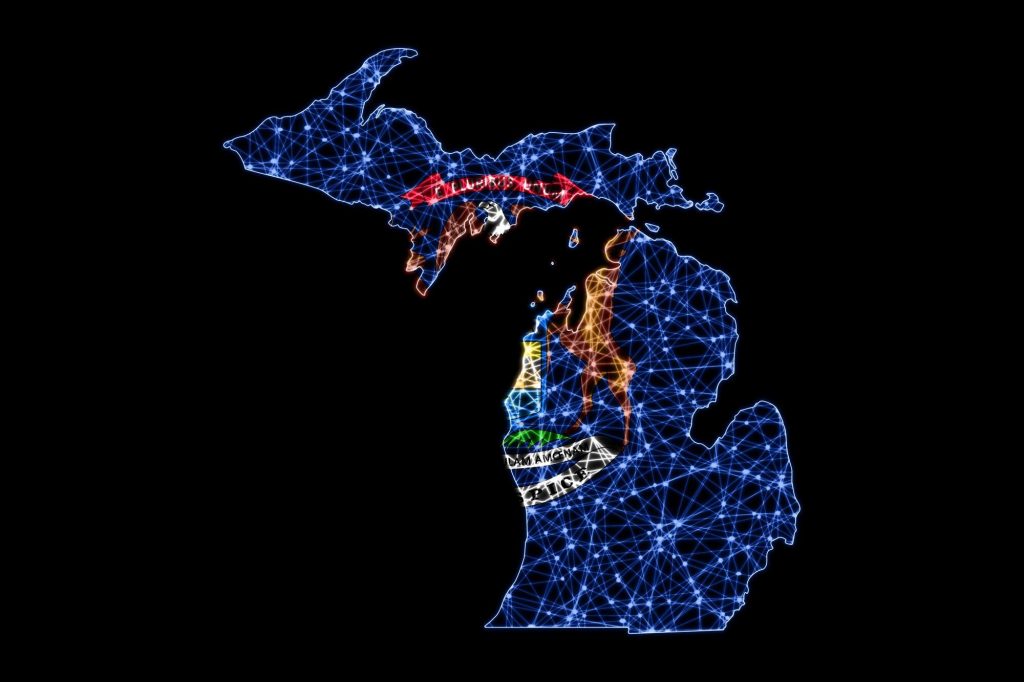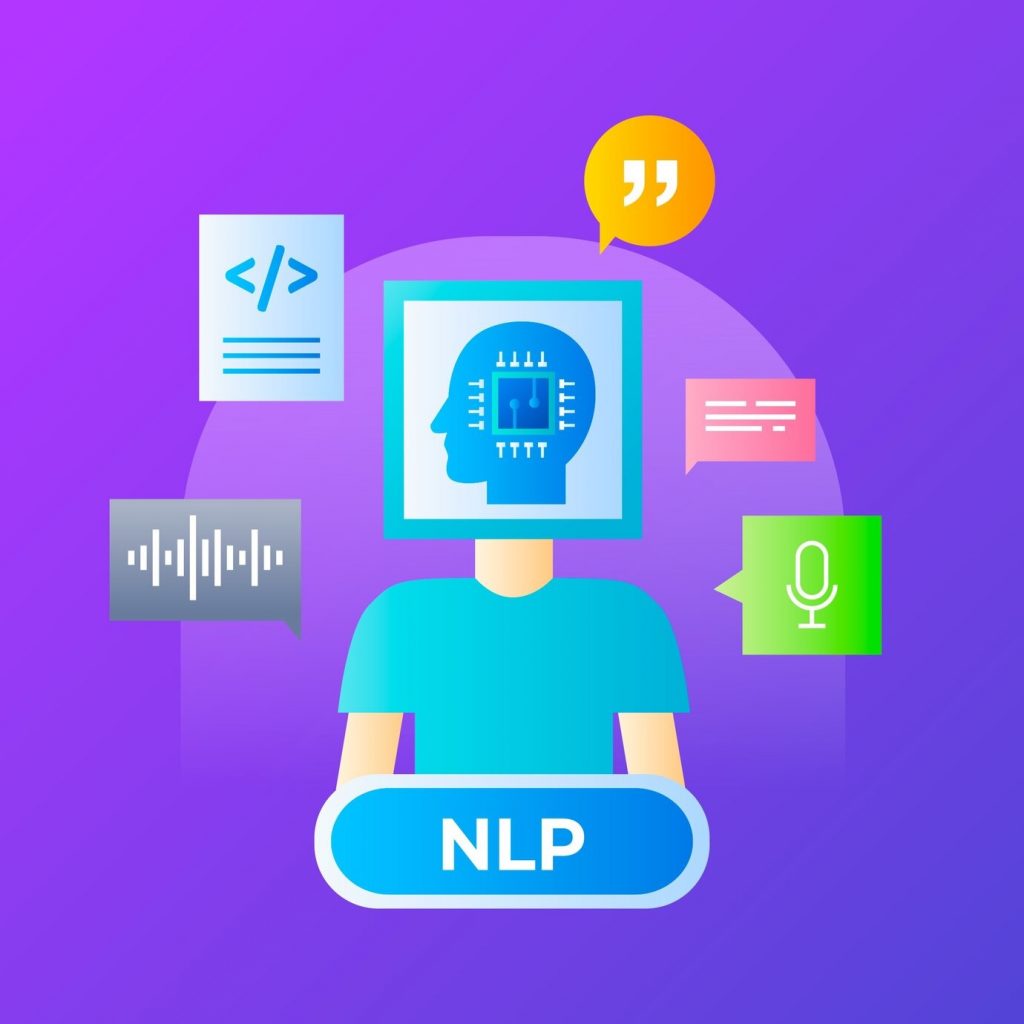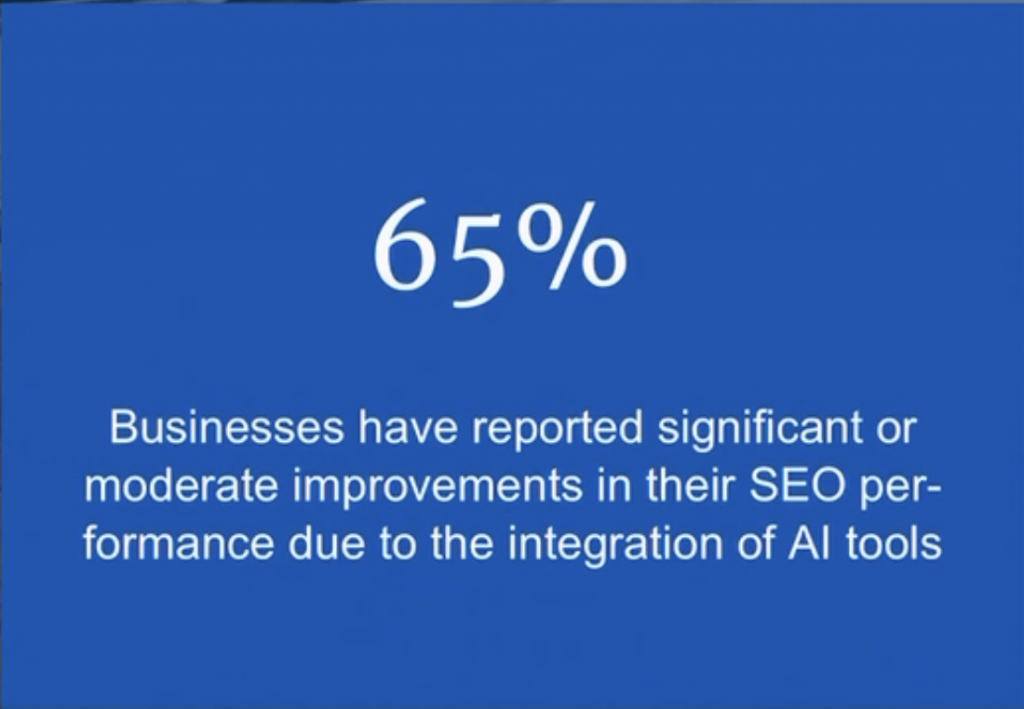Al and SEO have seen strong growth in Michigan. Local businesses in Michigan are starting to care more and more about how Al shapes online search. In 2025, more users rely on direct, voice-based questions. People also look for region-specific answers and prefer quick response times. This shift in behavior has a re impact on how sites structure content. Below, we explore the leading Al tools, local ranking signals, and practical steps to help you connect with Michigan-based audiences. Curious on just how impactful this is? Read on.
-
2025 Michigan AI and SEO Trending Concepts


Michigan might be known for cars and Great Lakes sunsets, but if you walk into any downtown co-working space in Detroit, Ann Arbor, or Grand Rapids these days, you’ll hear a different hum—laptops crunching data, founders swapping ideas about machine-learning models, and marketers figuring out how to make search engines fall in love with their content. Below is a snapshot of where that conversation is headed as we roll into 2025.
1. Voice Search Grows Up
Smart speakers and in-car assistants are nothing new, but their accuracy has finally reached the point where people trust them for real decisions—like finding the nearest vegan bakery in Midtown or comparing credit-union rates in Lansing. For local businesses, that means rewriting website copy in a way that mirrors how people actually speak. “What’s the best brunch spot near Eastern Market?” is miles apart from the stiff keyword strings we stuffed into pages five years ago. Michigan marketers are already sprinkling long-tail, question-based phrases into H2s and FAQs, and it’s paying off in “position zero” snippets.
2. Hyperlocal Schema Becomes Table Stakes
Google’s AI doesn’t care that your shop is in Ferndale unless you make it blindingly obvious. Structured data is the cheat sheet. By the end of 2024, most successful retailers here were marking up everything from curbside hours to wheelchair-accessible entrances. In 2025, we’ll see a push to tag real-time in-store inventory so search results can tell shoppers whether a size-10 hiking boot is actually on the shelf right now. That’s the kind of micro-convenience that swings visits—especially when a foot of snow can fall overnight.
3. GPT-Style Content…With a Soul
Yes, AI copy is everywhere, and yes, Google can usually spot lazy boilerplate. The Michigan companies winning organic traffic aren’t the ones churning out 200 vaguely helpful blog posts a month. They’re using large-language models to draft skeletons, then layering in local color that no bot can fake—think colloquial references to Belle Isle or a quick aside about pothole season. That blend of scale and authenticity is what keeps bounce rates low and engagement high.
4. Predictive Search Intent
Ann Arbor’s data-science grads are landing at agencies where “historical keyword volume” feels quaint. Instead, teams feed anonymized user journeys into machine-learning platforms that spit out future queries—phrases people will type next quarter based on trend velocity, not past averages. Marketers then build landing pages ahead of demand. When the search spike hits, rankings stick like Velcro because the content has aged just enough to look authoritative.
5. EAT Evolves into REAL
Google’s E-A-T (Expertise, Authoritativeness, Trustworthiness) still matters, but rumor in SEO Slack channels is that a new internal acronym—REAL (Relevance, Experience, Accuracy, Local) is guiding location-based results. Whether the name sticks or not, the direction is clear: proximity and lived experience trump generic authority. A Kalamazoo-based physical-therapy clinic blogging about “DIY posture fixes for remote workers in winter” is going to outrank a national health site that never mentions slippery sidewalks or drafty apartments.
6. Video + Transcripts = Hidden Gold
TikTok clips filmed on the RiverWalk and YouTube shorts shot at TechTown spread fast, but the real unsung hero is the transcript sitting quietly in the background. Google indexes that text, which means every demo, unboxing, or tutorial uploaded from Michigan soil is another chance to rank—especially if you weave in local slang like “pop” instead of “soda.” Savvy marketers are deliberately story-boarding spoken lines to sneak key phrases into natural dialogue.
7. AI-Generated A/B Testing
Old-school A/B testing felt like watching paint dry: build two variants, wait a week, pray for statistical significance. New tools spin up dozens of micro-variations—CTA phrasing, hero-image color, even Detroit vs. Ann Arbor skyline backgrounds—and shuffle traffic in real time. Within hours, the loser creatives get killed and the winners keep evolving. The end result? Landing pages that grow smarter while you sleep.
8. Sustainable SEO
Finally, a trend that isn’t purely tech: Michigan’s strong manufacturing history has morphed into a sustainability mindset. Searchers are hunting terms like “carbon-neutral web design Michigan” or “eco-friendly Detroit printers.” Companies meeting those queries halfway—by compressing images, reducing server calls, or hosting on green data centers—find themselves ranking higher because faster, cleaner sites make Google’s users happier. The planet wins, searchers win, and bounce rates plummet.
AI-Driven Tools in Local Search
Al affects local SEO through advanced data analysis. Tools like machine learning programs review search trends. They help websites figure out what words local residents use. Here are some key points:

Voice Search
People often speak queries in a more casual style than they type. For example, a voice user might say, “Where can I find the best pizza in Detroit right now?” You can adapt your content to match these phrases.

Natural Language Processing (NLP)
Search engines break down each sentence to identify the main idea. Using clear, direct statements helps NLP systems figure out relevance.

SEO Expertise
Al-driven tools strengthen SEO by scanning user behavior and search patterns in real time. They suggest quick changes to keywords, headings, and meta tags, which helps sites stay more visible in search results. This approach increases visitor engagement by matching content to user needs.

Predictive Answers
Al tries to predict follow-up questions. If someone looks up “2025 Michigan Al trends,” the system might also show details about local SEO updates in the same year. Creating content that answers these related questions can drive more site visits.


Bottom line: Michigan’s SEO scene in 2025 is less about tricks and more about blending AI efficiency with Midwestern authenticity. Keep your schema tight, your voice natural, and your data predictive, and you’ll ride the wave rather than chase it.